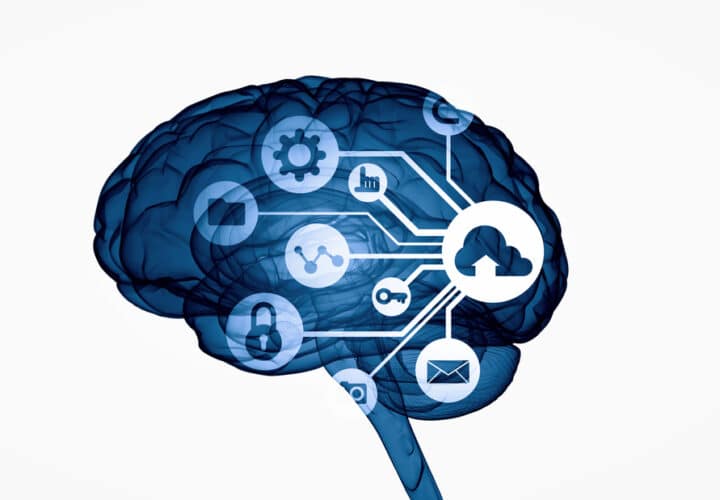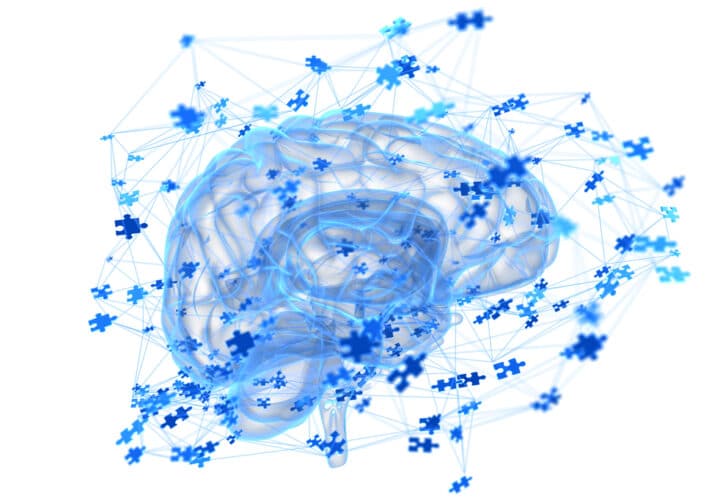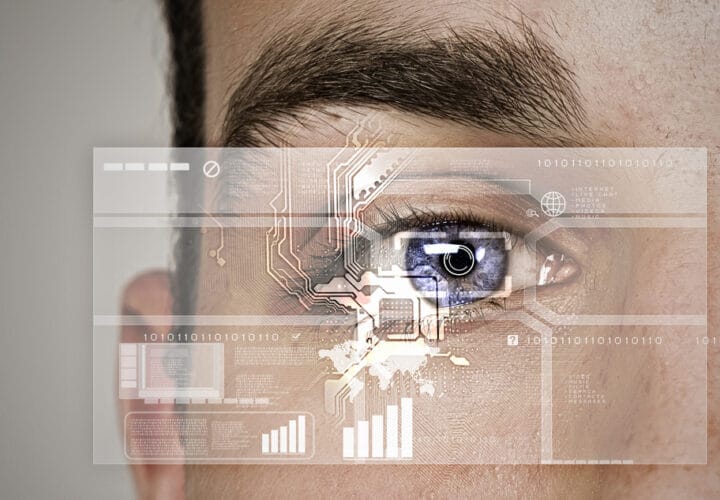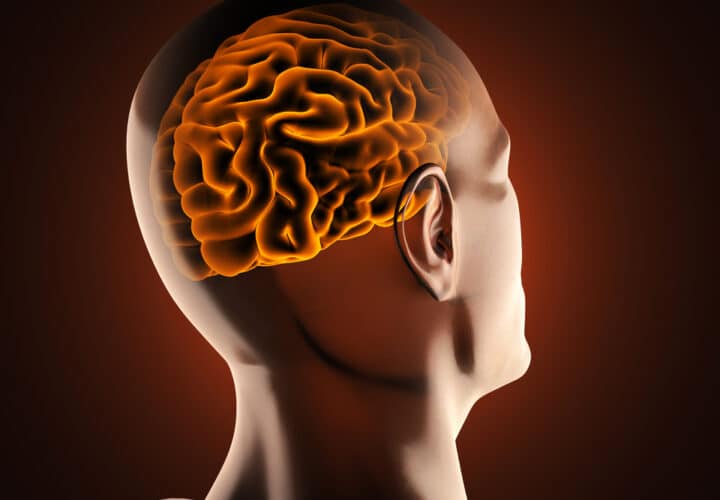Researchers have been searching for ways to restore memories lost Alzheimer’s. What if instead of restoration, we rewired the brain itself?
For years, researchers have been trying to figure out how they might be able to restore the brain’s memory after it is lost to diseases like Alzheimer’s. But what if instead of trying to restore the ability to remember, we just rewired the brain itself? That’s the question scientists were trying to answer when they developed a memory-restoring prosthetic for the brain — the very first of its kind.
Scientists at Wake Forest Baptist Medical Center and the University of Southern California designed a prosthetic that essentially rewires the brain by analyzing a person’s memory process, then writing that process into the brain’s memory center—sort of like writing code for a computer.
“This is the first time scientists have been able to identify a patient’s own brain cell code or pattern for memory and, in essence, ‘write in’ that code to make existing memory work better, an important first step in potentially restoring memory loss,” said the study’s lead author Robert Hampson, Ph.D., professor of physiology/pharmacology and neurology at Wake Forest Baptist.
Researchers tested the approach on people with epilepsy, a condition that causes a lot of memory problems. Electrodes were implanted into the hippocampus of 15 people, and they recorded each person’s neuronal firing process as they performed a simple visual memory test: picking an image out of a group of images to match one they were previously shown.
Once they had that data, they were able to create a mathematical model of how the brain would fire when memories form the way they are supposed to. When the new firing pattern was implemented in the brains of participants via the electrodes, participants’ short-term memory performance showed a 35 to 37 percent improvement over their original test.
“We showed that we could tap into a patient’s own memory content, reinforce it and feed it back to the patient,” Hampson said. “Even when a person’s memory is impaired, it is possible to identify the neural firing patterns that indicate correct memory formation and separate them from the patterns that are incorrect. We can then feed in the correct patterns to assist the patient’s brain in accurately forming new memories, not as a replacement for innate memory function, but as a boost to it.
While the study is small and only focused on episodic memory—short-term memory, like where you parked your car—scientists hope to use it one day to help patients with cognitive problems remember things from their past.
“To date we’ve been trying to determine whether we can improve the memory skill people still have. In the future, we hope to be able to help people hold onto specific memories, such as where they live or what their grandkids look like, when their overall memory begins to fail,” said Hampson.
This study was published in the Journal of Neural Engineering.



